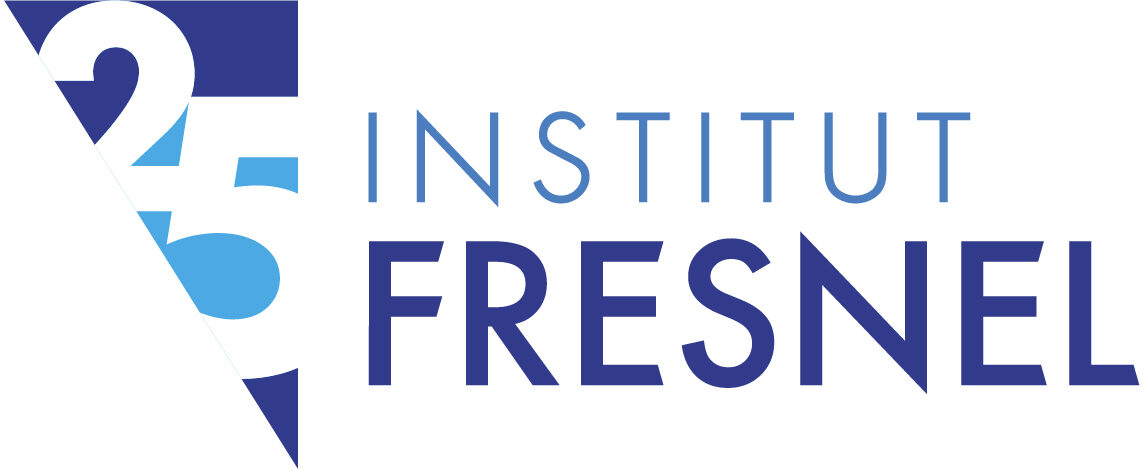“Herglotz functions and their applications to electromagnetic dispersive systems and composites materials” by Aaron Welters, from Florida Institute of Technology, and Maxence Cassier, from Institut Fresnel. This seminar of the “Electromagnetic Modeling” theme will be on Wednesday, July 17, 2024 in Pierre Cotton room.
At 10:00 a.m. – Maxence Cassier, Epsilon Team, “Mathematical models for dispersive electromagnetic waves”, a common work with Patrick Joly and Maryna Kachanovska from POEMS UMR 7231.
Abstract : In this talk, we investigate mathematical models for electromagnetic wave prop-agation in dispersive isotropic passive linear media, that is in particular media such as metamaterials for which the dielectric permittivity ε and magnetic per-meability µ depend on the frequency. We emphasize the link between physical requirements and mathematical properties of the models. A particular attention is devoted to the notions of causality and passivity and its connection to Herglotz functions. We consider successively the cases of so-called local media and then of general passive media. In particular, we will discuss connections between mathematical properties of models (e.g. stability, “energy conservation”…), physical assumptions (e.g. passivity) and the existence of two Herglotz functions of the frequency: ωε and ωµ that determine the disper-sion of the material. We will also present dispersion and spectral analysis of this rather general class of electromagnetic media.
At 11:00 a.m. – Aaron Welters, Department of Mathematics & Systems Engineering, Florida Institute of Technology, USA, “Mathematical theory of composites and applications to EM cloaking”
Abstract : Finding bounds on the effective tensor in the theory of composites or on the Dirichlet-to-Neumann (DtN) map of a conducting network, body, or, an electromagnetic (EM) system, can be treated in a surprisingly similar manner using their properties as Herglotz functions of the material phases and/or frequency. The goal of this talk is to give an topical overview explaining how this similarity is not a coincidence but part of a deeper theory. Origi-nally, this theory was developed for applications in materials science to analyze the effective behavior of composites in conductivity, elasticity, electromagnet-ics, etc., in order to understand how macroscopic behavior arises from periodic microstructure, such as in porous structures (e.g., bones or sea ice), using ho-mogenization theory which lead, for instance, to metamaterial research. But the theory of composites has been extended and now has other applications, e.g. in EM cloaking. To understand this, we introduce the main tools of the abstract theory of composites and connect this to the first part of the talk on Herglotz functions. To expose the audience to this abstract framework, we use the quintessential example of the effective conductivity of an isotropic two-phase composite as well as the other main example of the DtN map which arises in discrete electrical networks and, more generally, EM systems from Maxwell’s equations. After this we will discuss how bounds are developed systemati-cally and how the DtN map fits into that framework. Finally, I will conclude the talk with a perspective on some ongoing research with my collaborators, Maxence Cassier (Fresnel Institute) and Graeme W. Milton (Univ. of Utah), on limitations to broadband passive cloaking in the near-field using the EM DtN map, which has been developed based on the work
Seminar of the “Electromagnetic Modeling” theme, contact Guillaume DEMESY or Boris GRALAK

